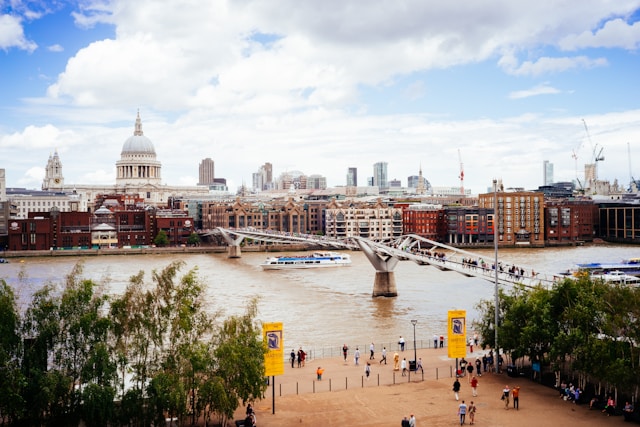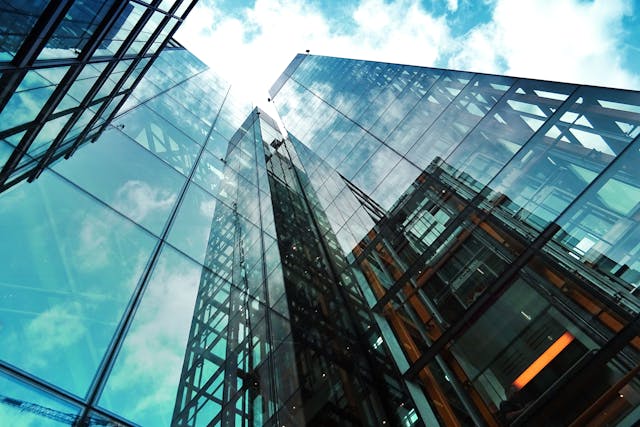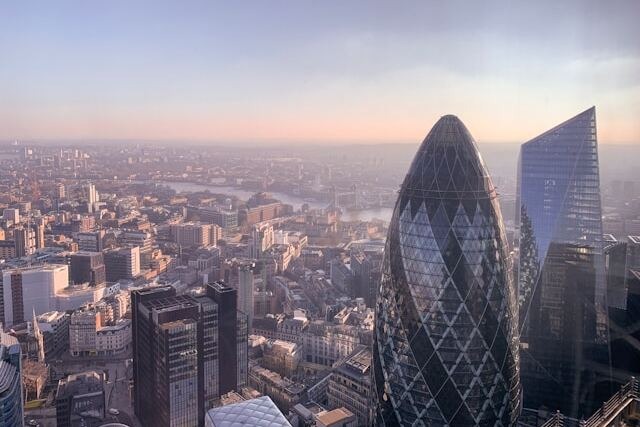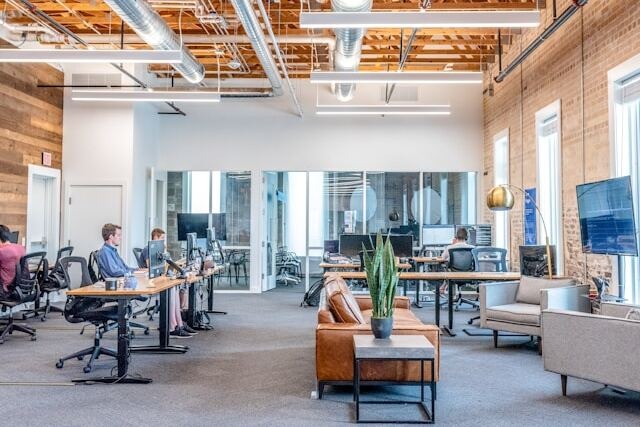
Knowing the status of the central London office development pipeline is essential for businesses looking to stay ahead in one of the world’s most dynamic real estate markets. By understanding the current trends and future developments, businesses can make informed decisions about their office space needs and take advantage of emerging opportunities.
In this article, we take a look into upcoming developments and what they mean for the Central London office leasing market.
Central London offices development pipeline
According to data from the latest London Office Crane Survey, which looks in detail at the city’s development pipeline, the main highlight during the second half of 2023 was the record volume of square feet under construction. As of Q4 2023, there were more than 5 million square feet of new builds underway in central London, the highest amount since 2005. That figure represents a 16% increase over a six-month period. The report also identifies increases in project size, going from averages of 88,000 square feet in early 2023 to 119,000 square feet of properties in late 2023.
Continue reading “New Developments in London Office Space: Central”









